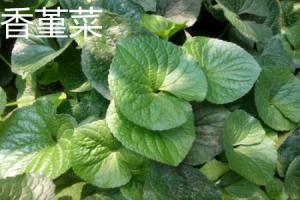Grape falls
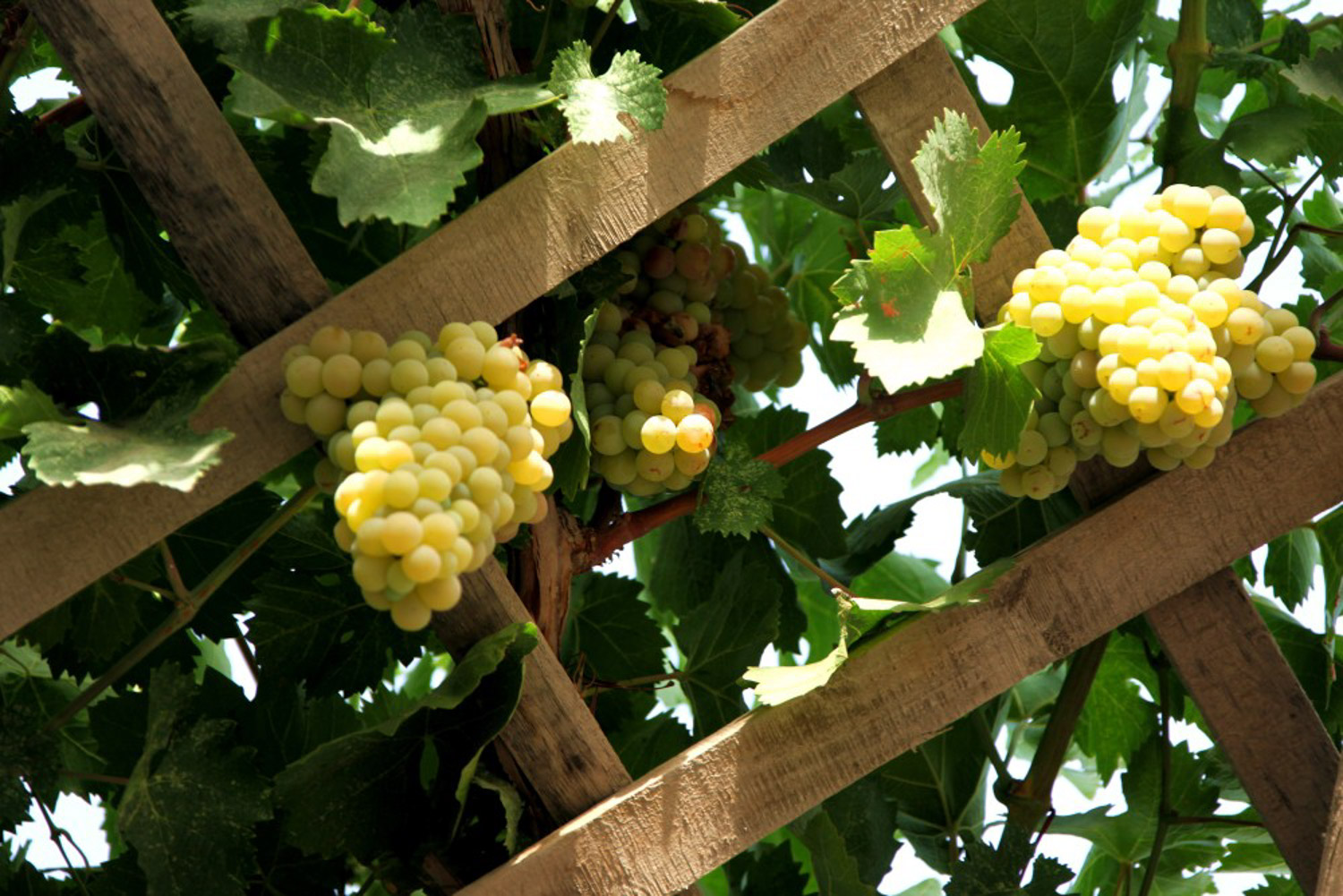
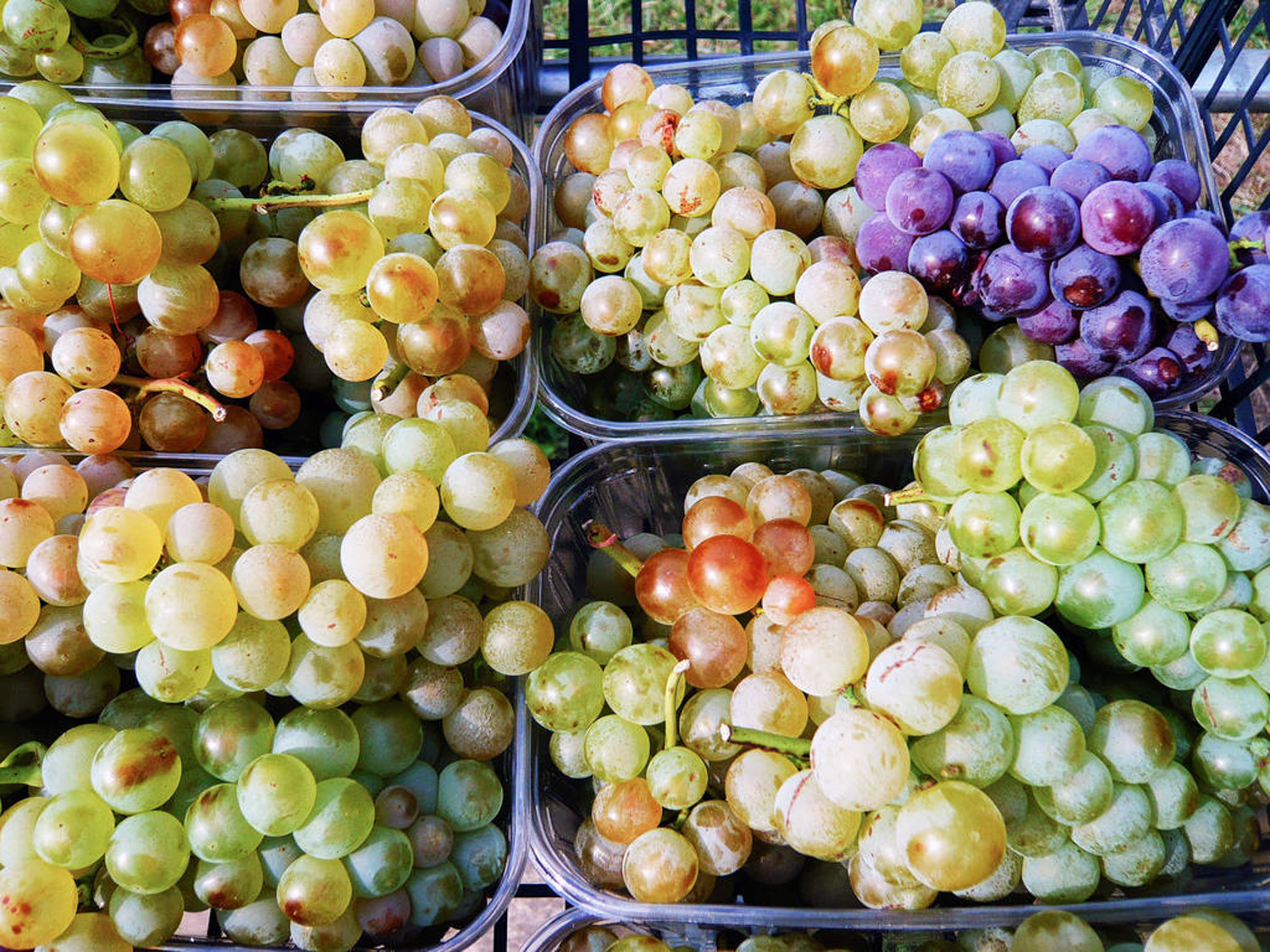
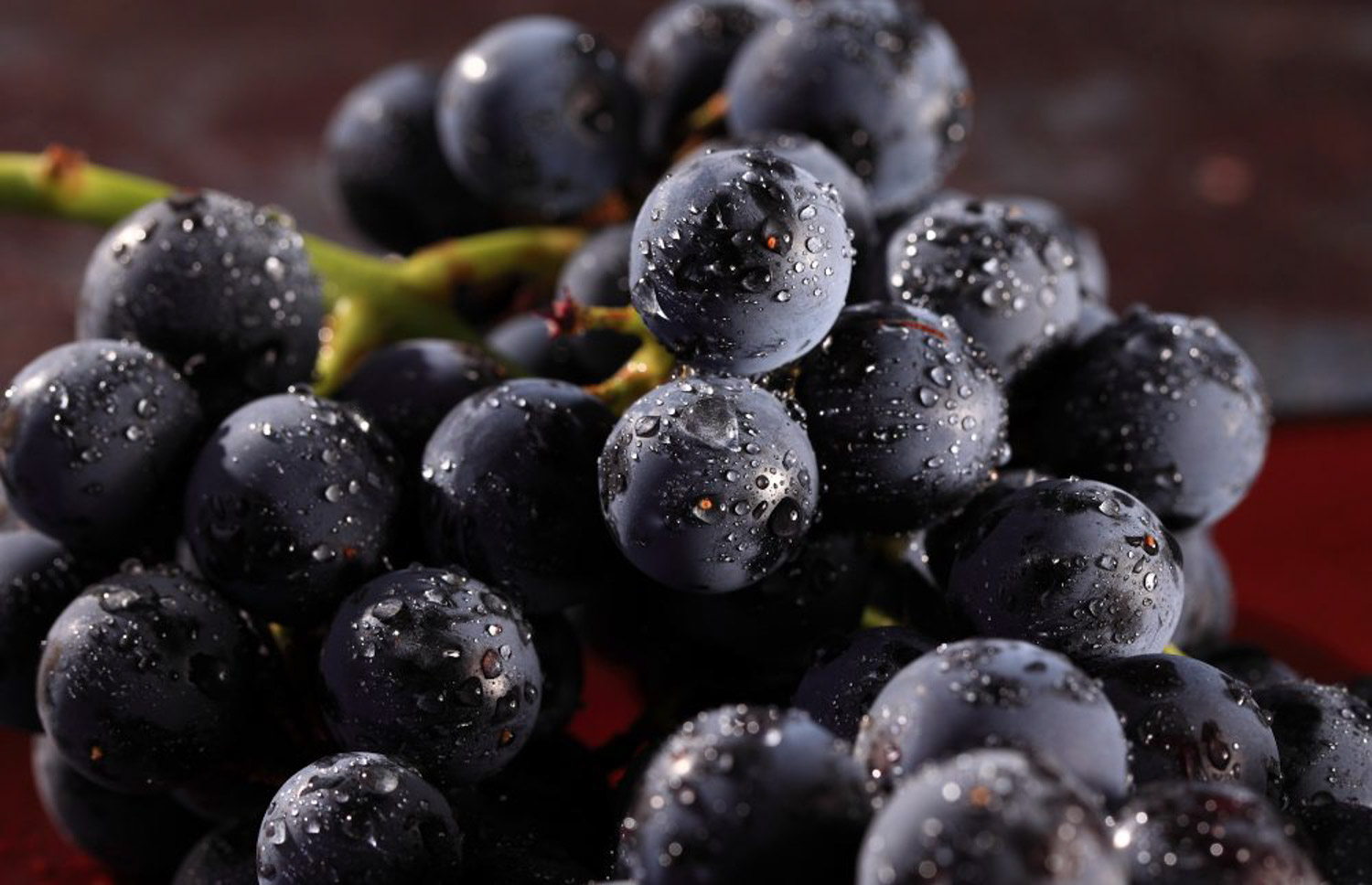
How about it? Do you feel itchy after reading it? If you want such a grape rack, first of all, you should plant one or more grapes at home~
Grape cutting
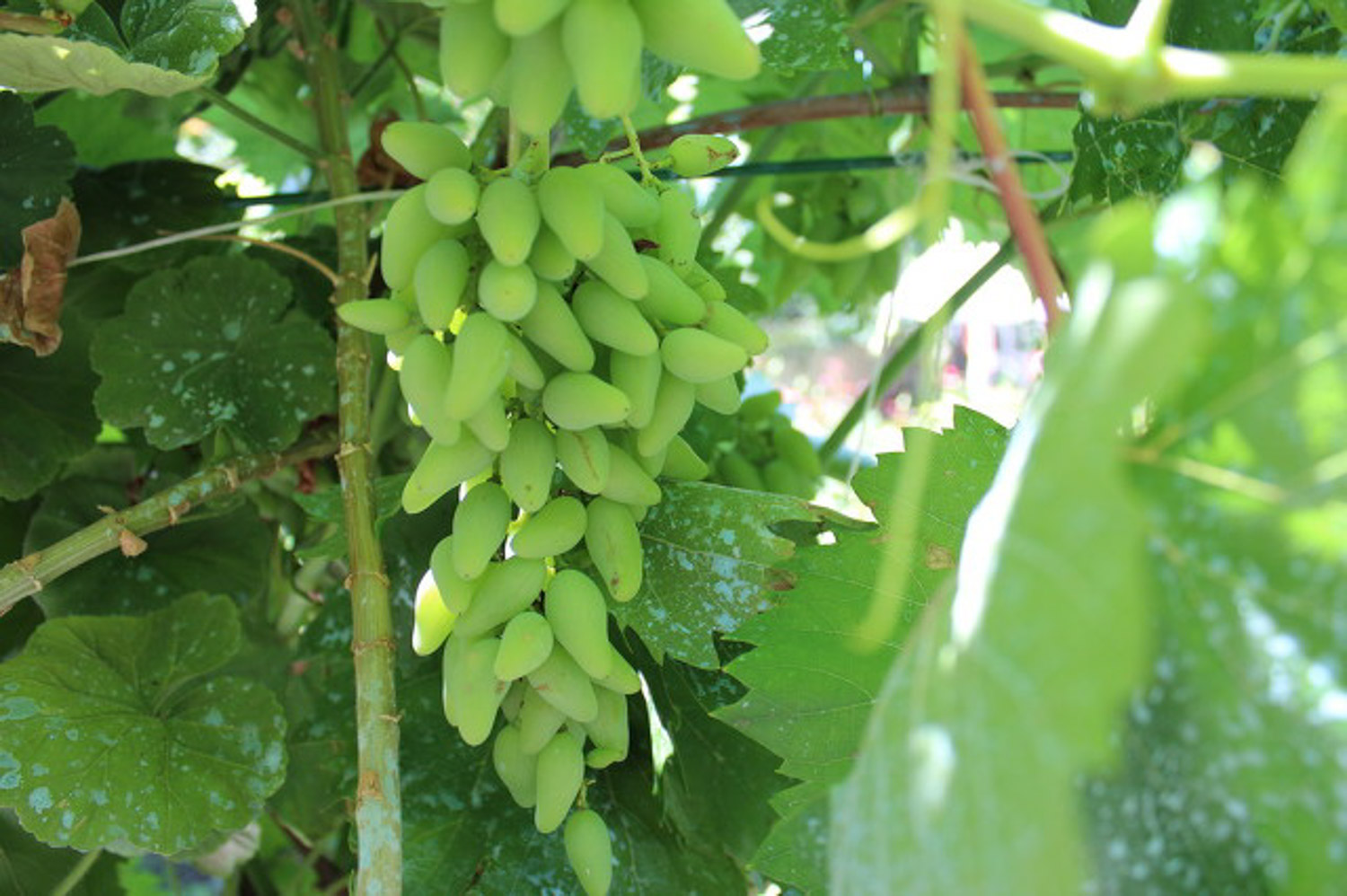
Grape potted plants are generally propagated by cutting or pressing strips. If they are propagated by seeds, the time of results will be greatly increased, so they are not recommended. Next, let's talk about the skills of cutting how to take root quickly
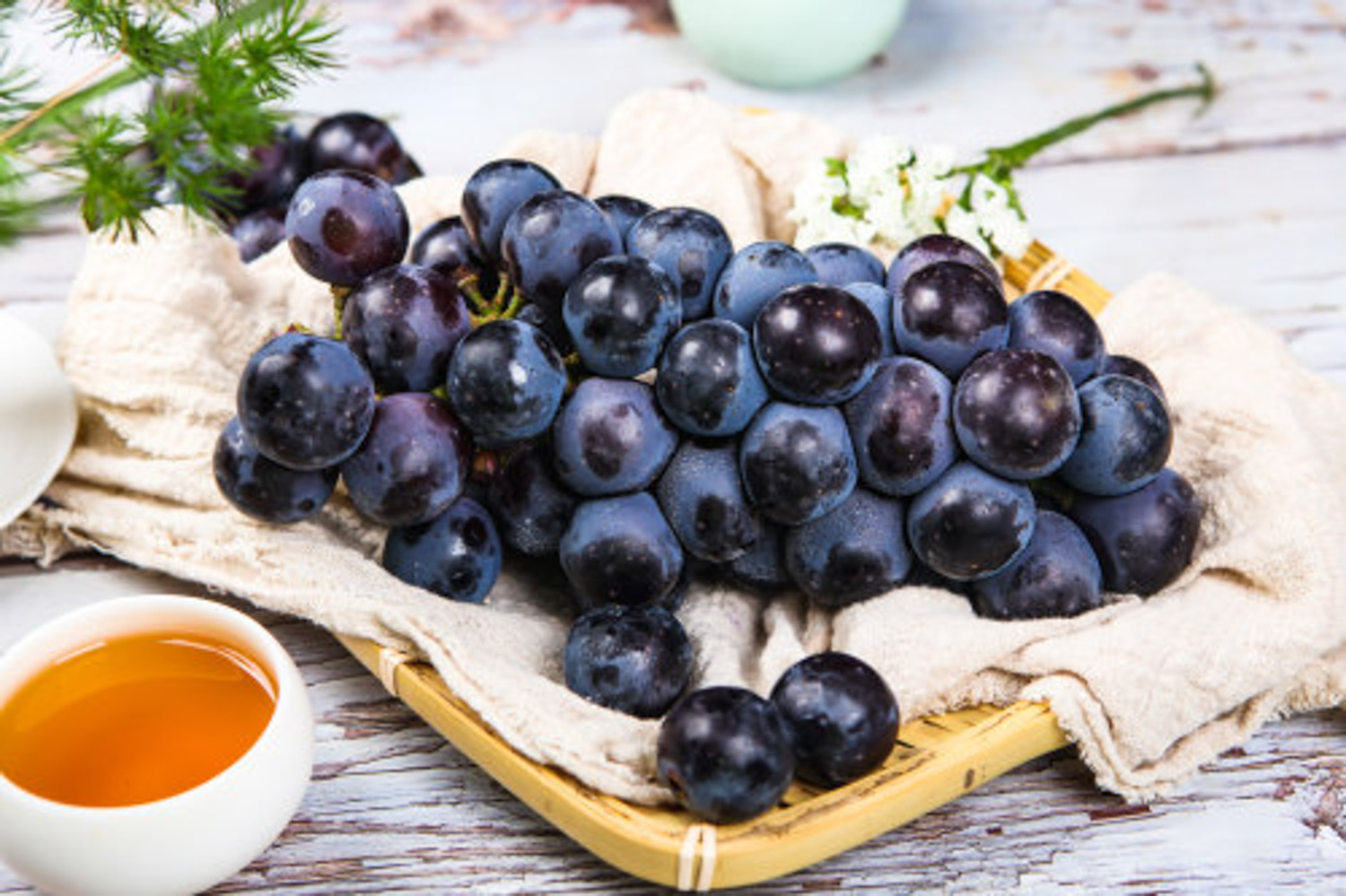
First step
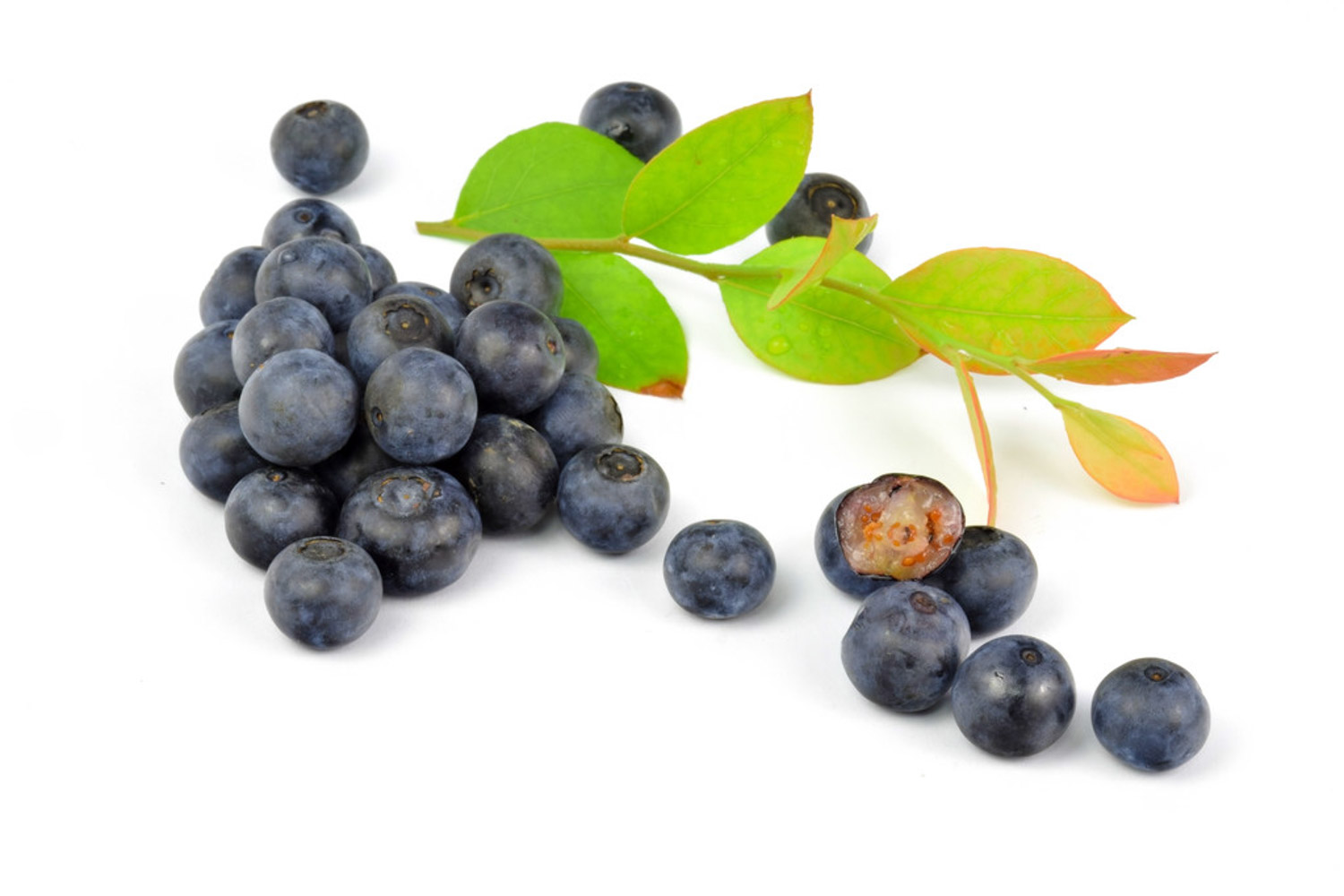
First, prepare the necessary bottles, scissors, branches, cotton, flower pots, sand, etc
The second step is to cut the strip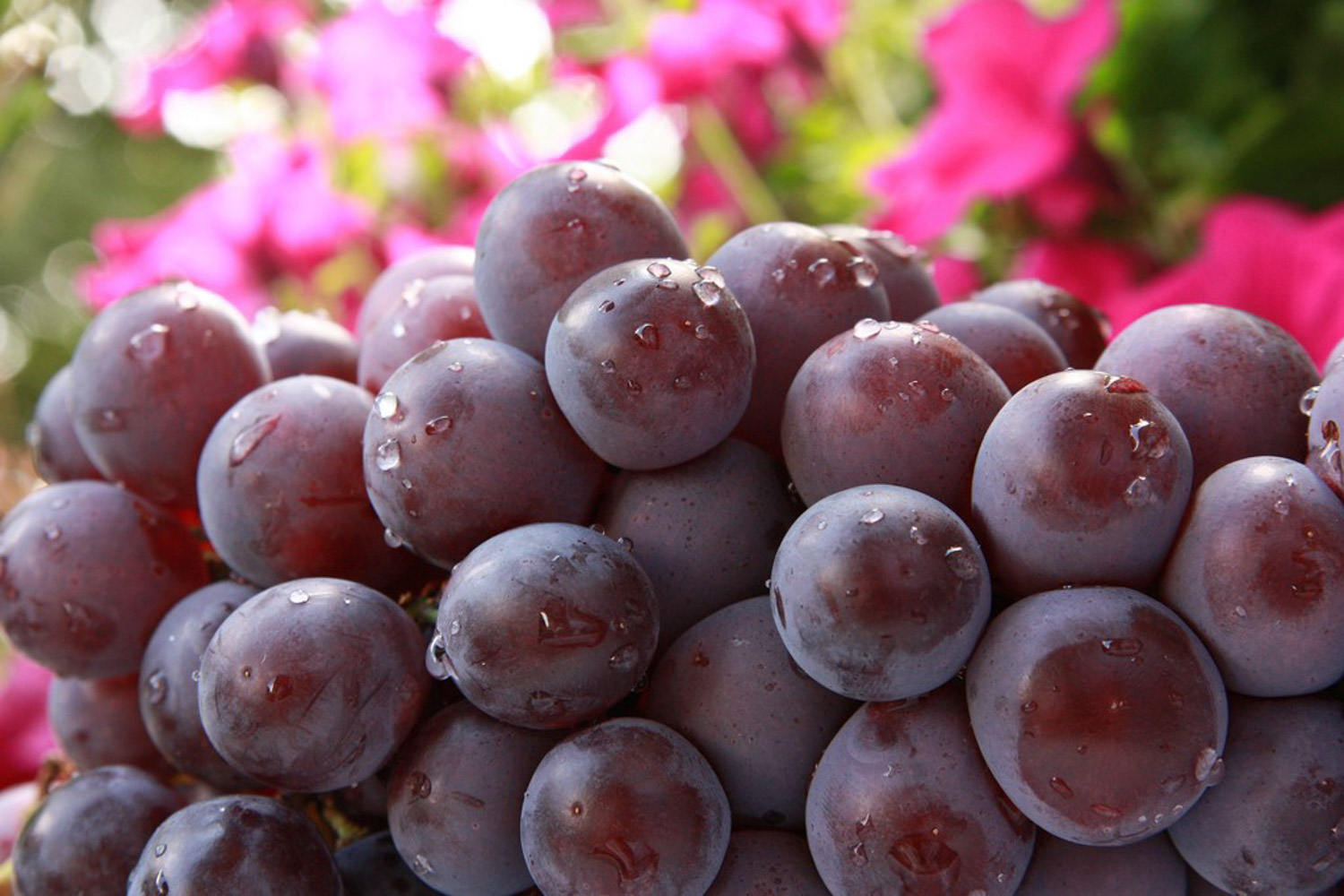

Two buds are left on each cut strip for cutting. When cutting strips, it is best to arrange the cutting mouth on the bud, which will improve the formation of callus
Step 3
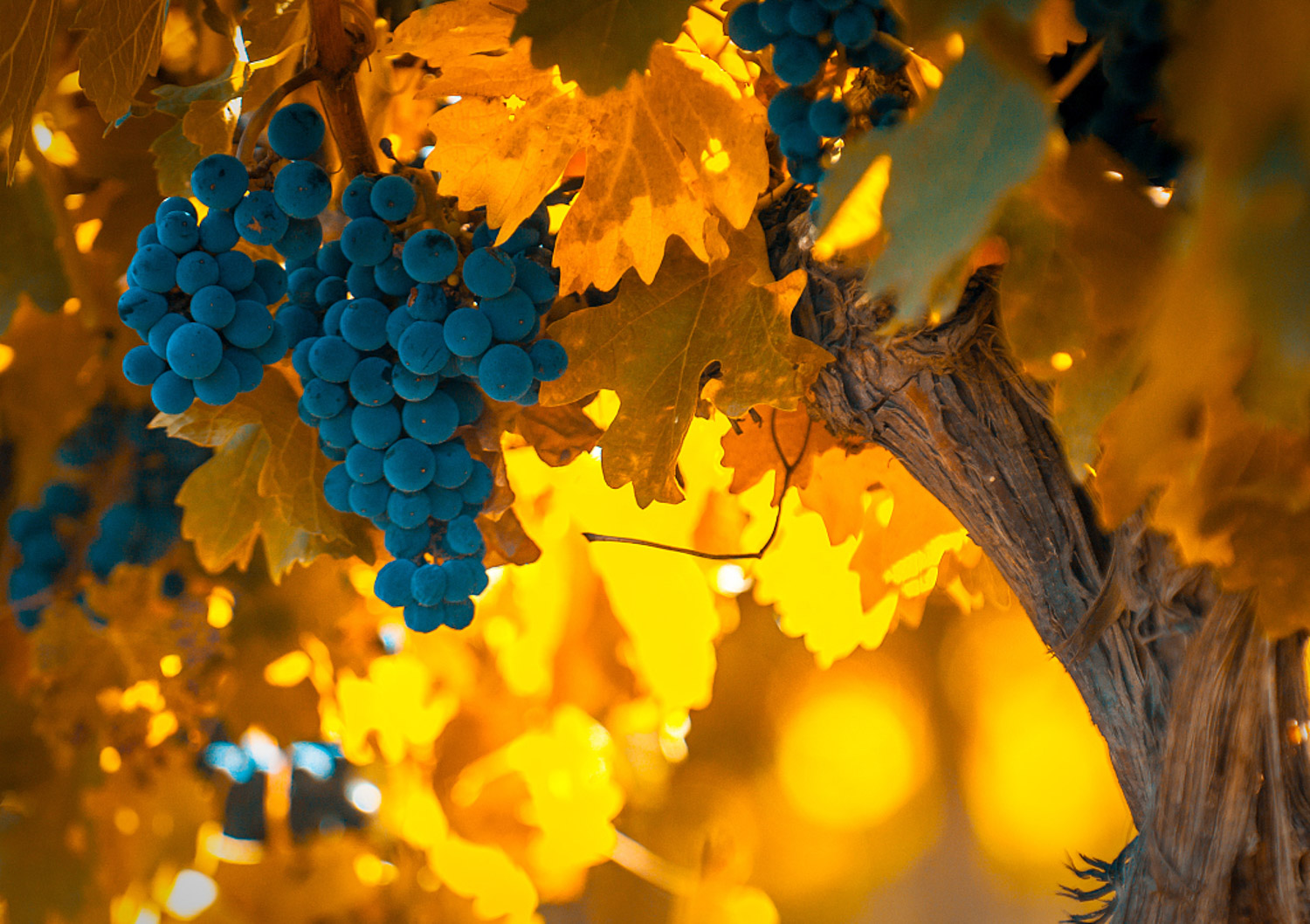
Fill the small bottle with water, insert the cut of the strip into the bottle, expose two buds, and fill the gap between the bottle mouth and the branches with cotton
Step 4
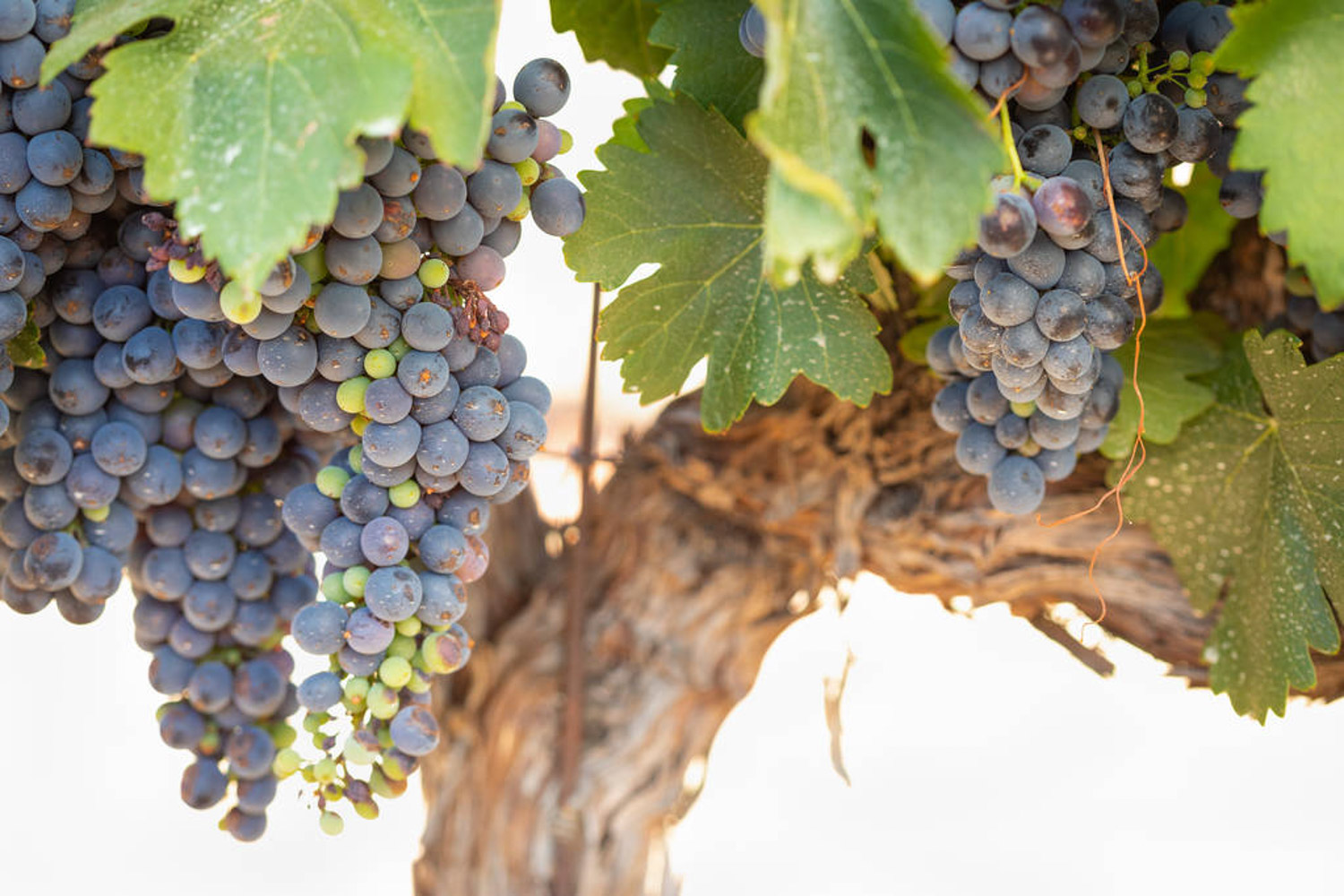
Then bury the whole bottle of sand into the large flowerpot, exposing only the part above the mouth of the bottle. Keep the sand moist
Step 5
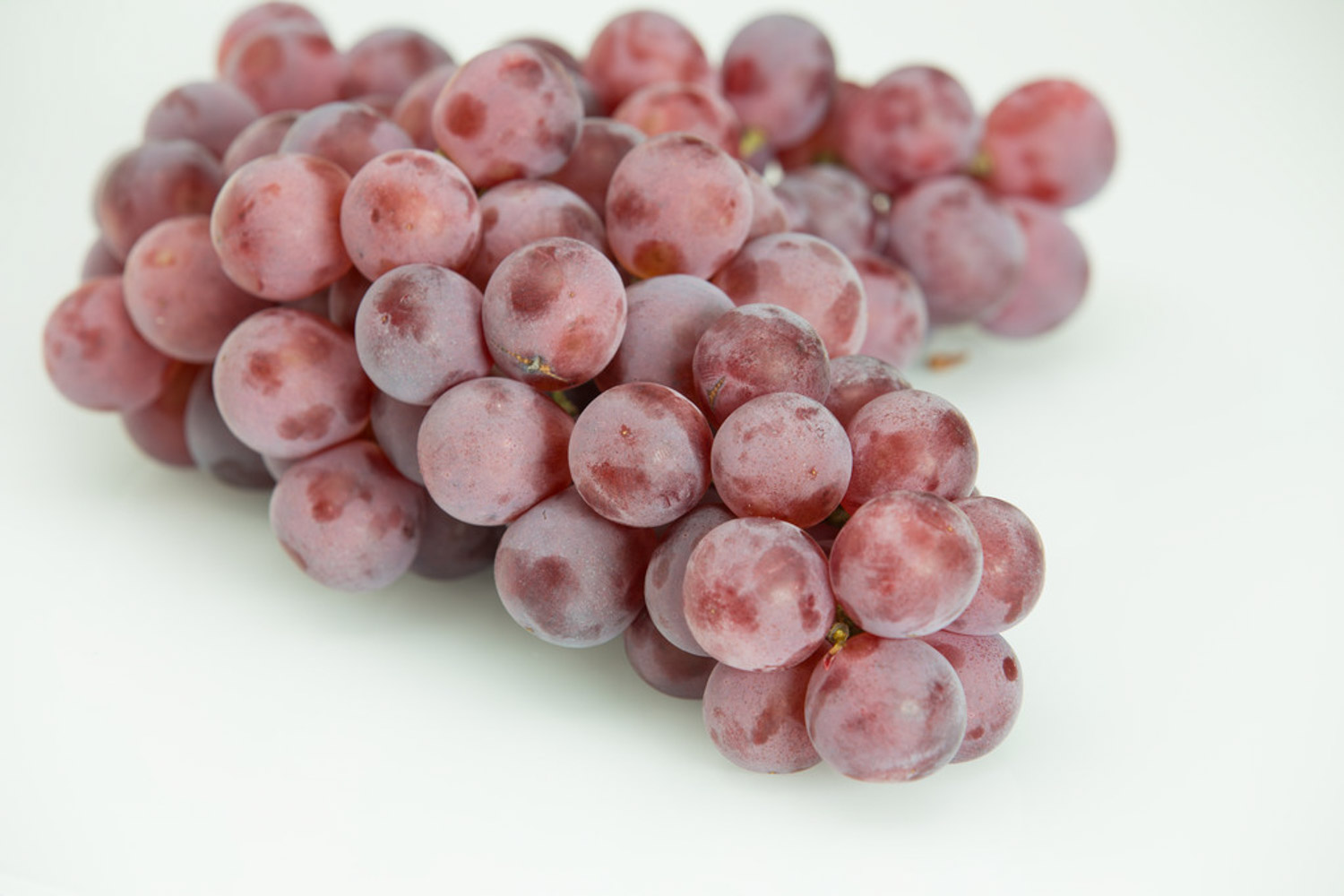
In about 20 days to a month, a large number of roots can grow near the bottle mouth
Step 6
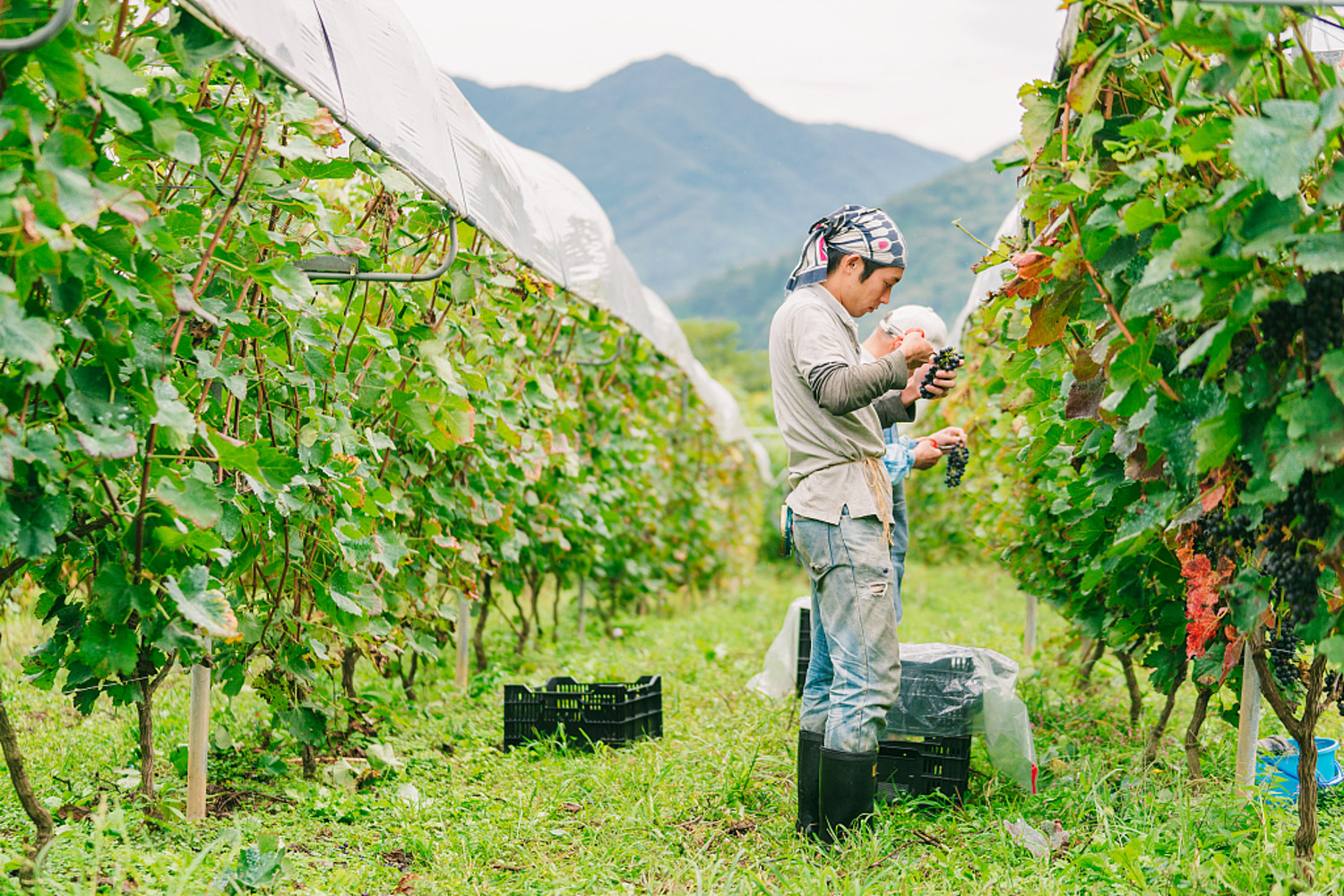
The rooting seedlings can be planted directly in the flowerpot
Daily maintenance skills of grapes
Basin selection
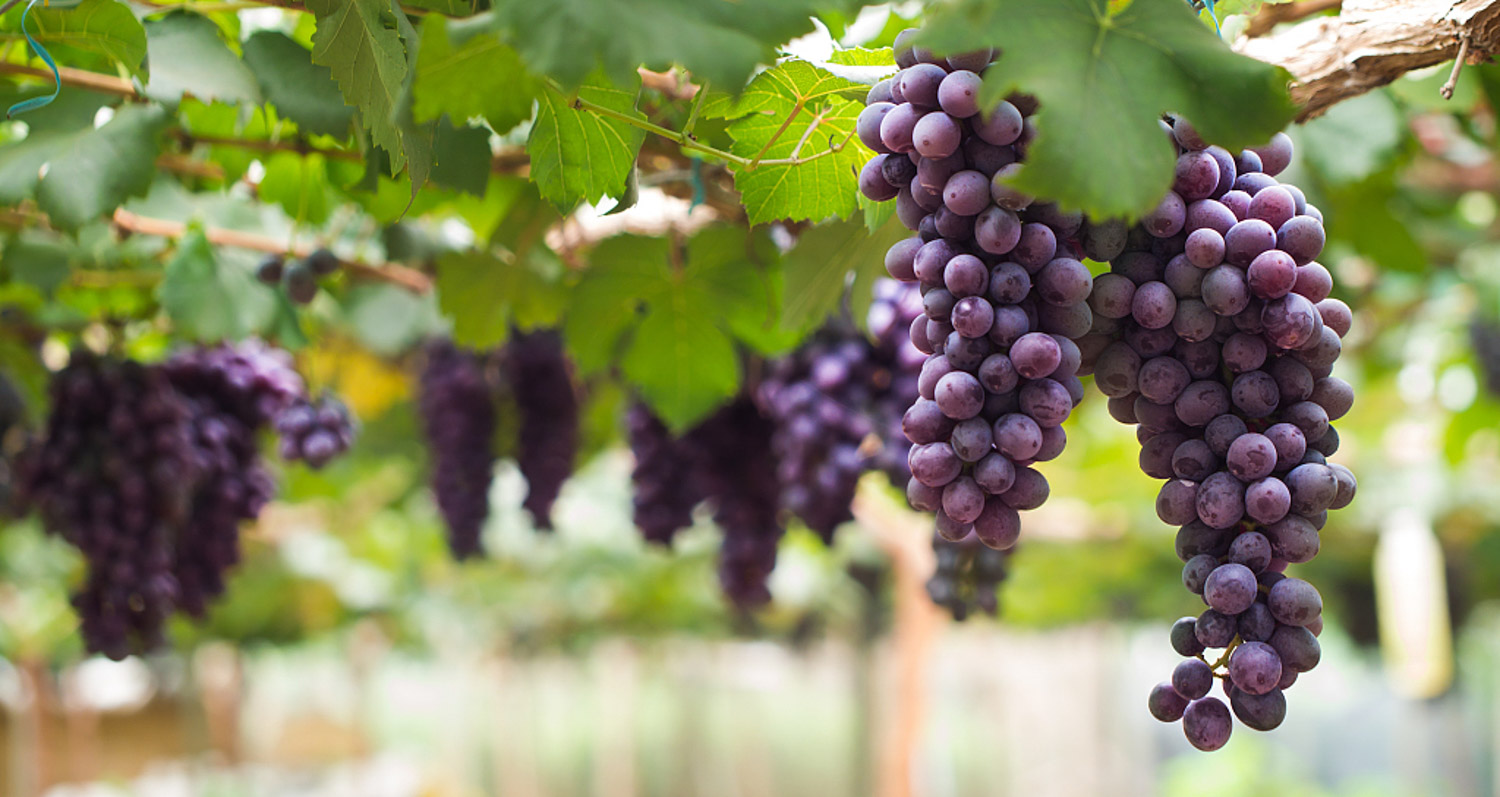
Generally, use 1-1.2-foot-diameter earthen pots or wooden barrels to cultivate grapes, rather than airtight flowerpots. Pour into a larger basin 1 ~ 2 years after planting. Under the condition of ensuring that the root mass does not scatter, cut off a part of the dead roots and intertwined over dense roots, put them into a new basin, fill them with earth, pour them with water, pour the basin every 3-4 years, and properly drain and cut the roots to keep the grapes in a prosperous growth state
Basin soil
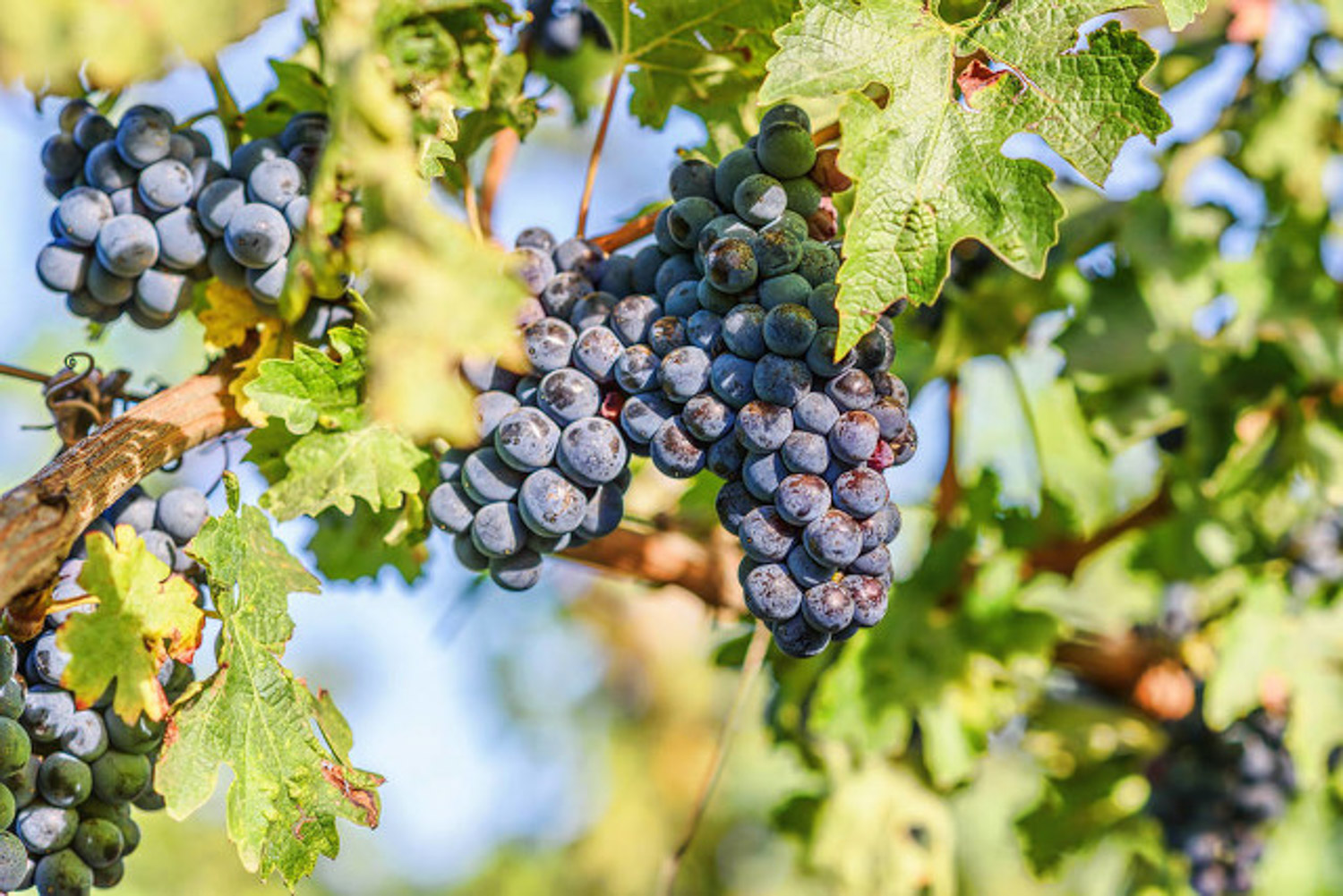
Select the nutritious soil mixed with 1 / 3 of rotten horse manure, sheep manure and 2 / 3 of pastoral soil (or aeolian sand soil), fill it into the basin, pour it into water, and plant it after the surface is dry and loose
Variety
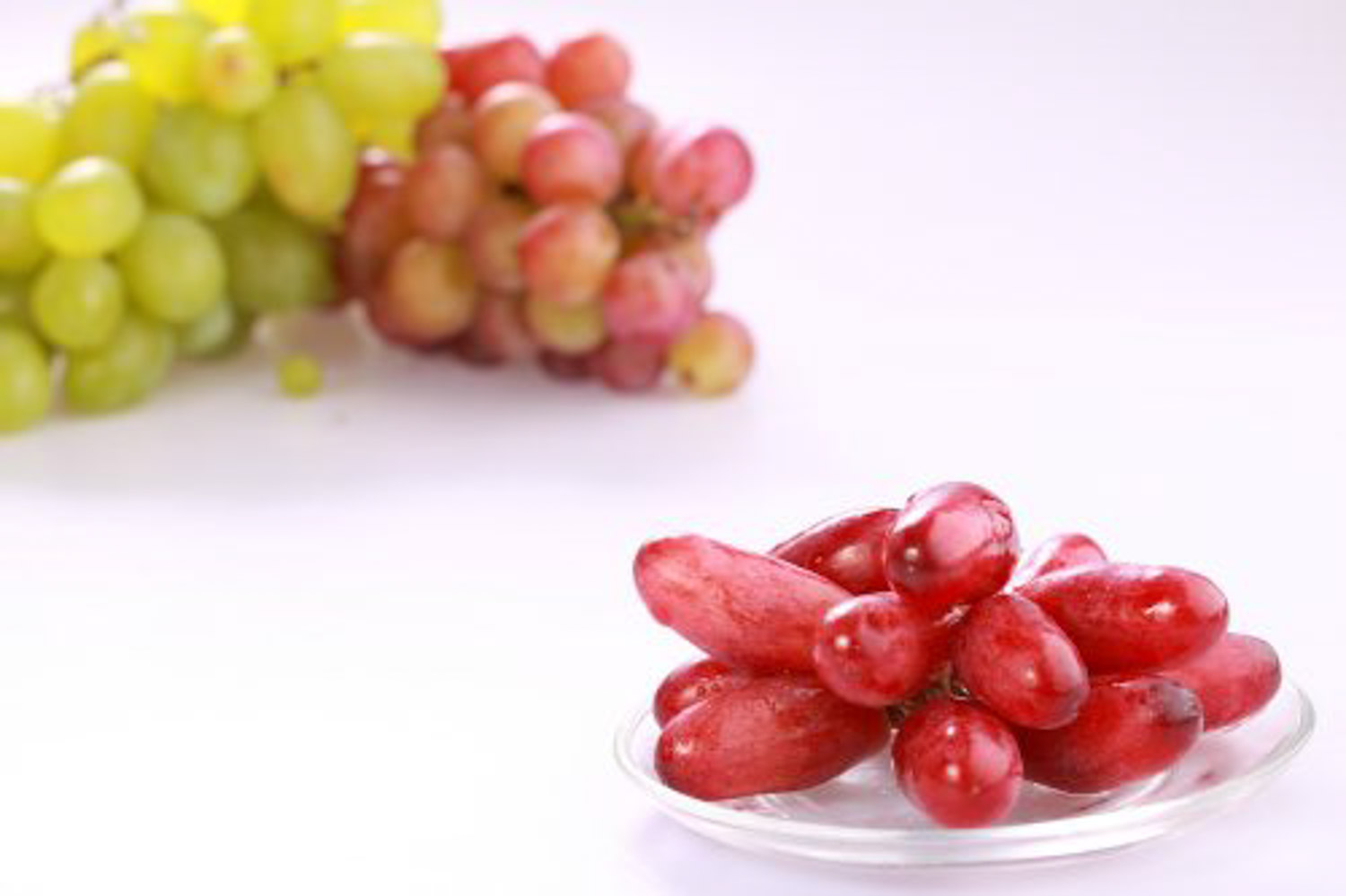
selection of suitable varieties of potted plants: good quality, beautiful trees, early mature and medium ripening grape varieties (early maturing species can be cultivated two times, that is, two harvest a year), such as: early Yan, Mei Zhi, Kang Tai, Sha Ba pearl, etc., medium mature species: Rose fragrant, white banana, red perfume, Jingya, Jingxiu and so on. p>
Watering
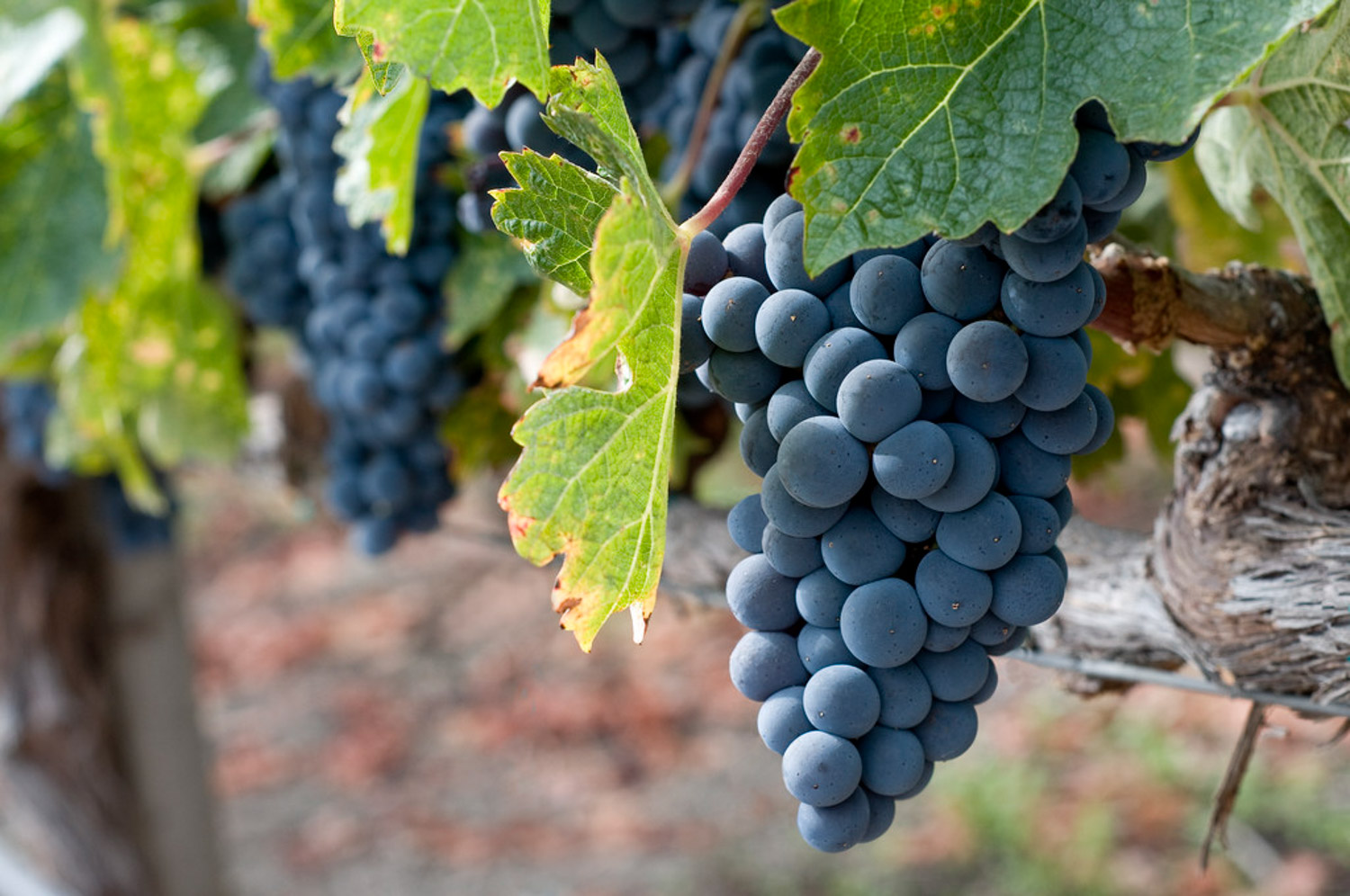
In early spring, sufficient water shall be poured once every 3 ~ 4 days during the germination period; Sufficient water shall be poured every 2-3 days from June to July; In December, sufficient water shall be poured for 1 ~ 2 times during dormancy period
Water and fertilizer are forbidden during flowering. Grapes are afraid of waterlogging. Don't water them indiscriminately. If the humidity is too high for a long time, the roots will suffocate and rot
Fertilization
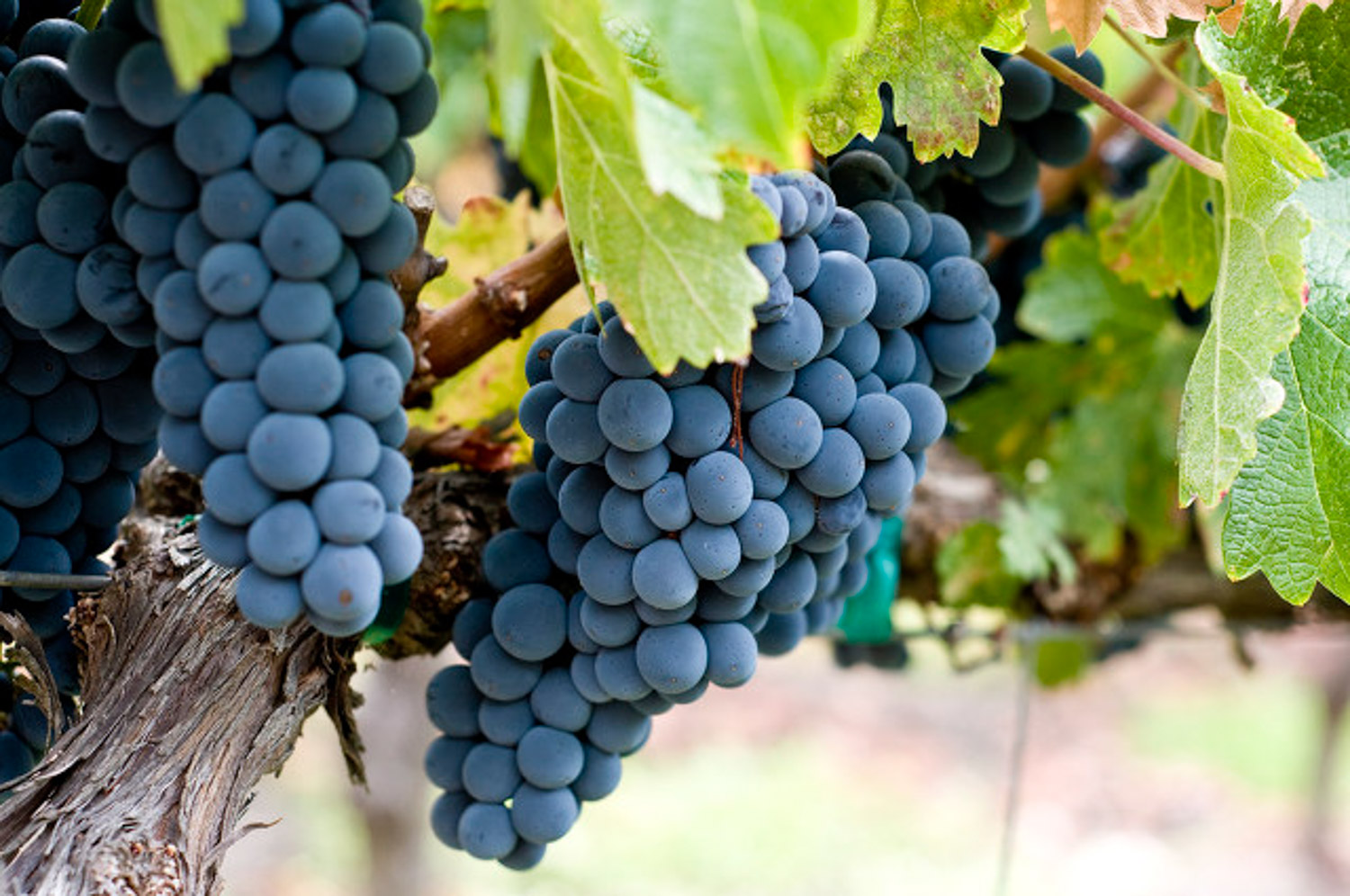
In the germination, flowering and fruit setting stages, sheep manure water (other rotten animal manure can also be applied) once with the water, and ammonia, phosphorus and potassium fertilizer are sprayed on the leaf once. Zinc fertilizer is especially needed before and after flowering
After a few years, you can use some phosphorus fertilizer, nitrogen fertilizer and urea to improve the soil. The amount of manure should not be too much each time, but it should be fertilized as much as possible during each irrigation
Sunshine

The average sunlight exposure time of grapes every day should be at least 4 hours, so as to synthesize their essential nutrients by photosynthesis. Therefore, nanyangtai is a good choice
Ventilation
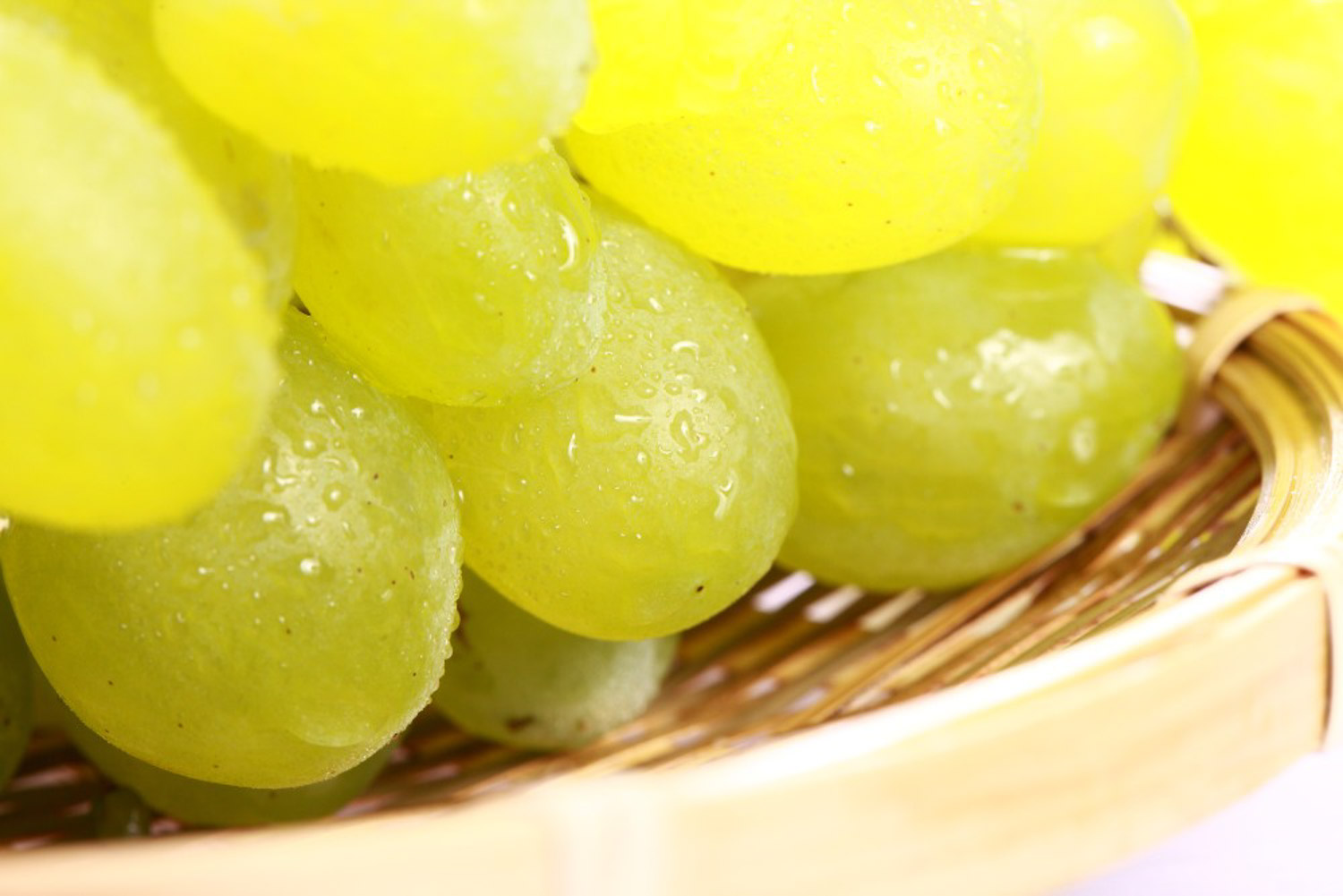
Especially in more than ten days during the flowering period of grape trees, ventilation is very important to help them pollinate, otherwise they will bear fruit and fall
The wind mentioned here is not only for ventilation in the sense of changing indoor air, but has a certain air volume and feels the breeze supporting the face
Pruning techniques of grapes
The pruning of grapes is actually very worrying, because there are too many professional terms. Huahua will not explain them one by one here. It mainly shares the methods explored by a grape expert himself

Pruning after planting
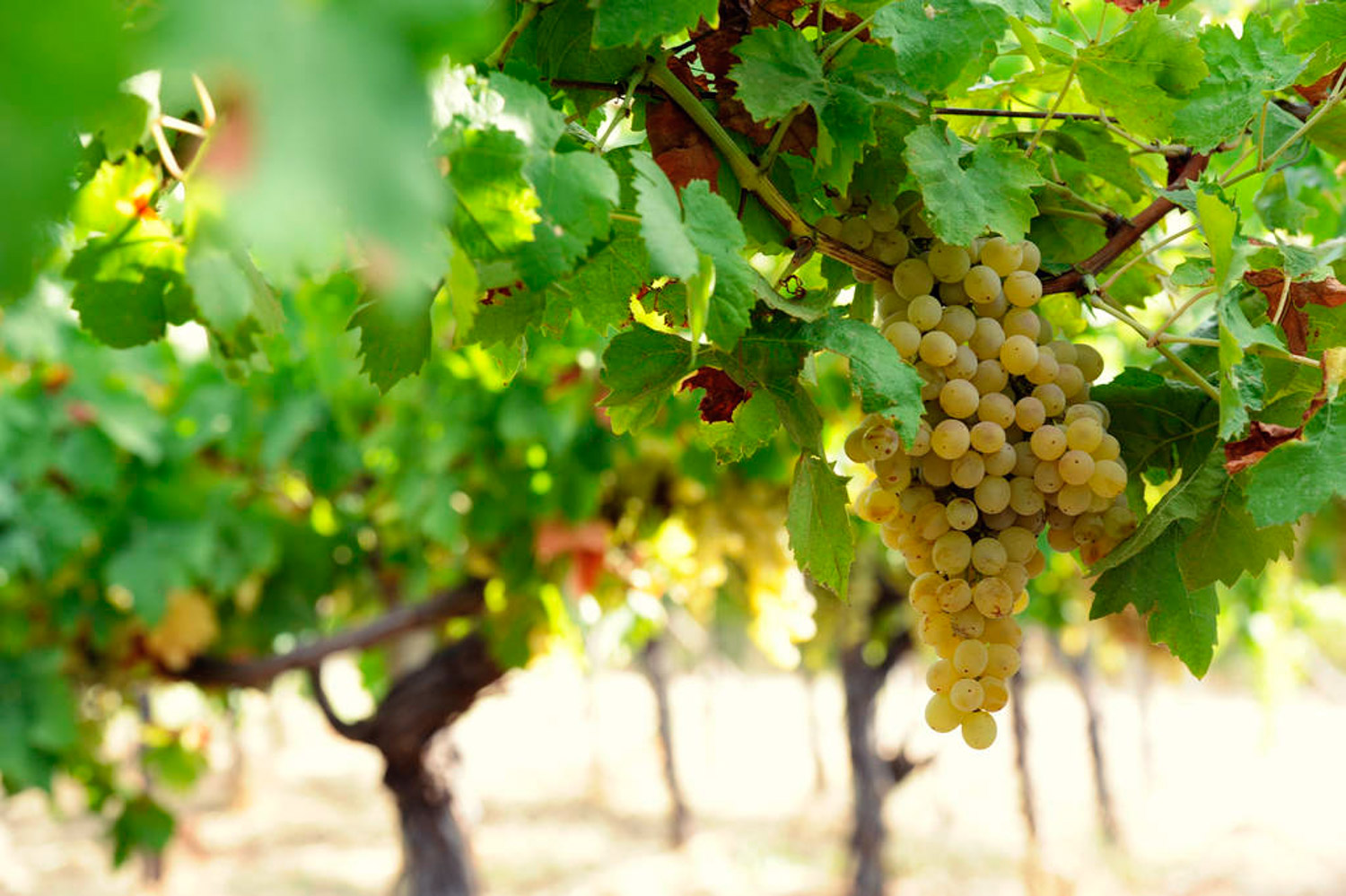
Let it grow in the first year after planting, mainly cultivating one or two main vines; In the next year, the two strongest lateral branches from the main vine of the previous year are selected as the main vine, so that a tree forms at least four main vines in total
The remaining lateral branches shall be cut short after 3 bud holes are reserved for each branch in winter pruning. In the third year, after the required tree potential is basically formed, the main vine shall be controlled and shaped scissors shall be made: all branches growing in the current year shall be regarded as lateral branches, and each branch shall be cut short after reserving 3 bud holes in winter pruning. After that, it will be operated according to the requirements of the third year
Spring sprouting
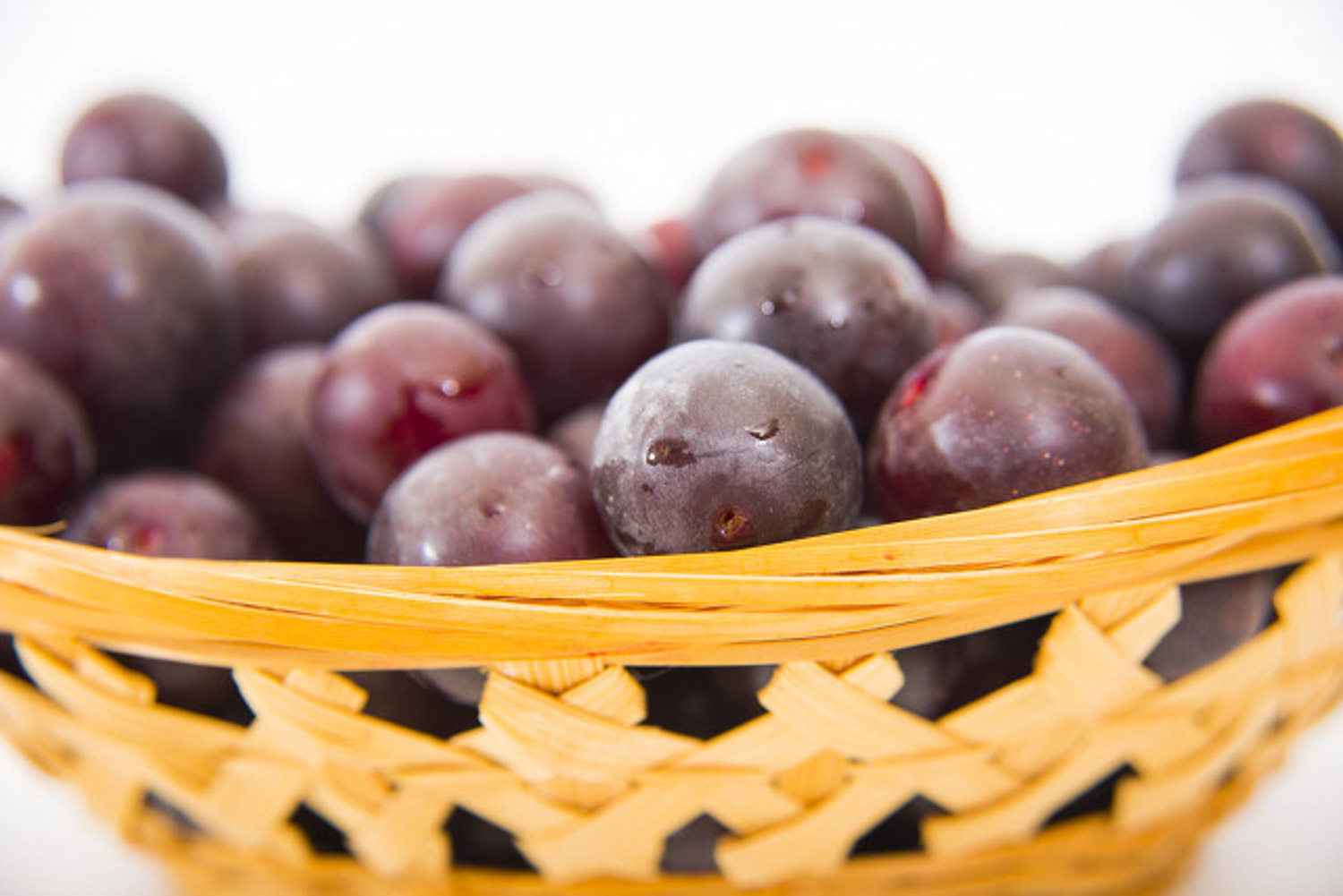
When the spring buds grow to 3cm, erase the middle three of the five buds adjacent to the main vine, and only keep the two buds on both sides as fruit branches
Among the three buds growing from the short side branches of the previous year, erase the bottom two (the inner two are weaker), and only keep the top one (the stronger one outside) as the fruiting branch. The result of this operation is to remove about 60% of the future branches of the whole tree. To ensure the quality of the fruit
Winter pruning
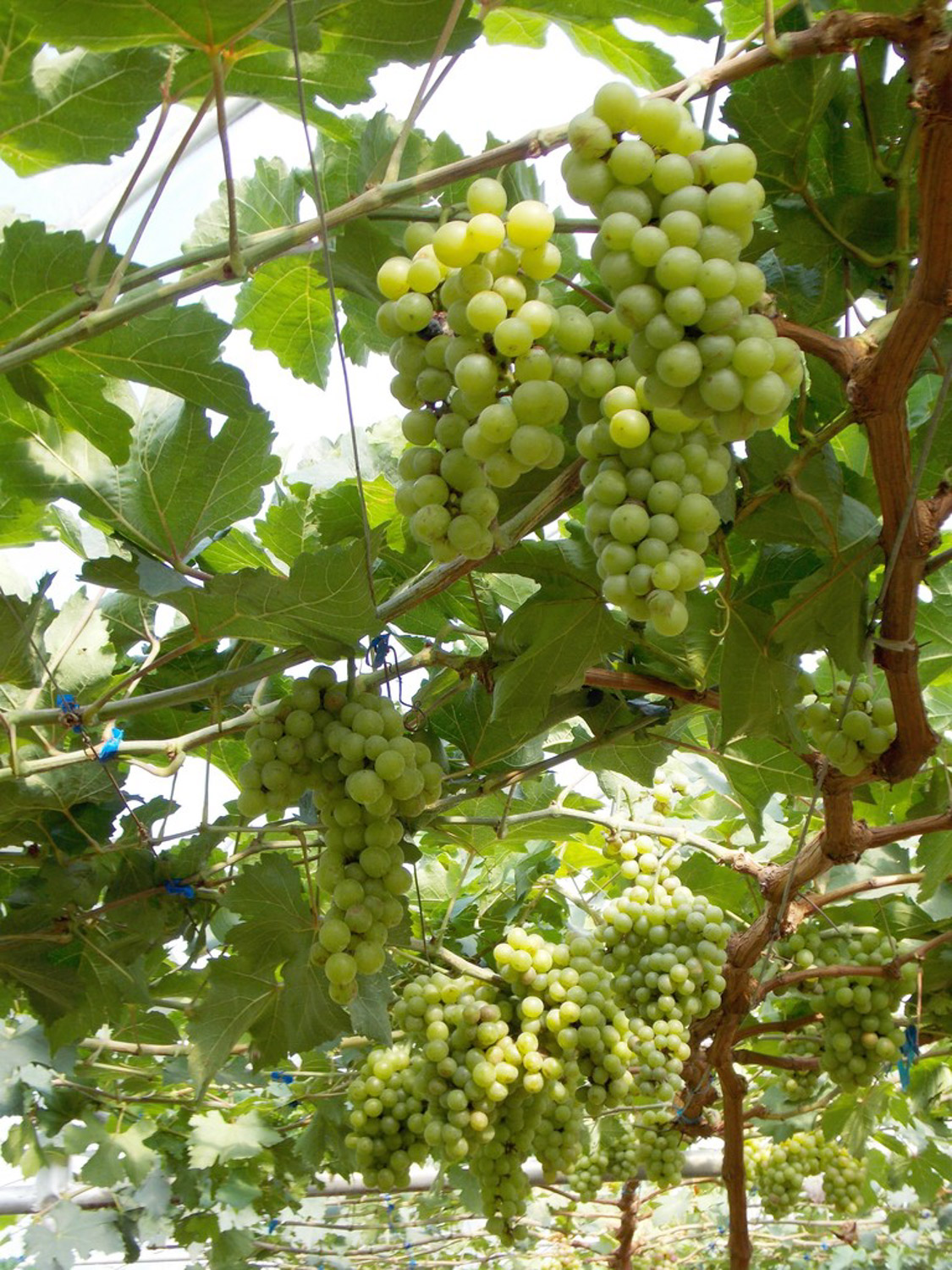
After entering the winter, the fruiting branches (some may not bear fruit) that grow in that year, except for the main vine, the other branches, no matter how long they grow, only retain three bud eyes and then cut short. The result of this operation is to slow down the extension speed of fruit trees and prolong the life of fruit trees due to production control
Pruning in winter should be carried out from 2-3 weeks after defoliation to 3-4 weeks before bleeding in spring. Pruning too early will affect nutrient reflux, and too late is prone to bleeding. Bleeding will seriously cause the loss of nutrition in grape trees and affect the germination of bud eyes and the results of the current year. No pruning is allowed after entering the bleeding period. Pruning should be completed from the end of nutrient reflux of grape branches and vines to 1 month before bleeding
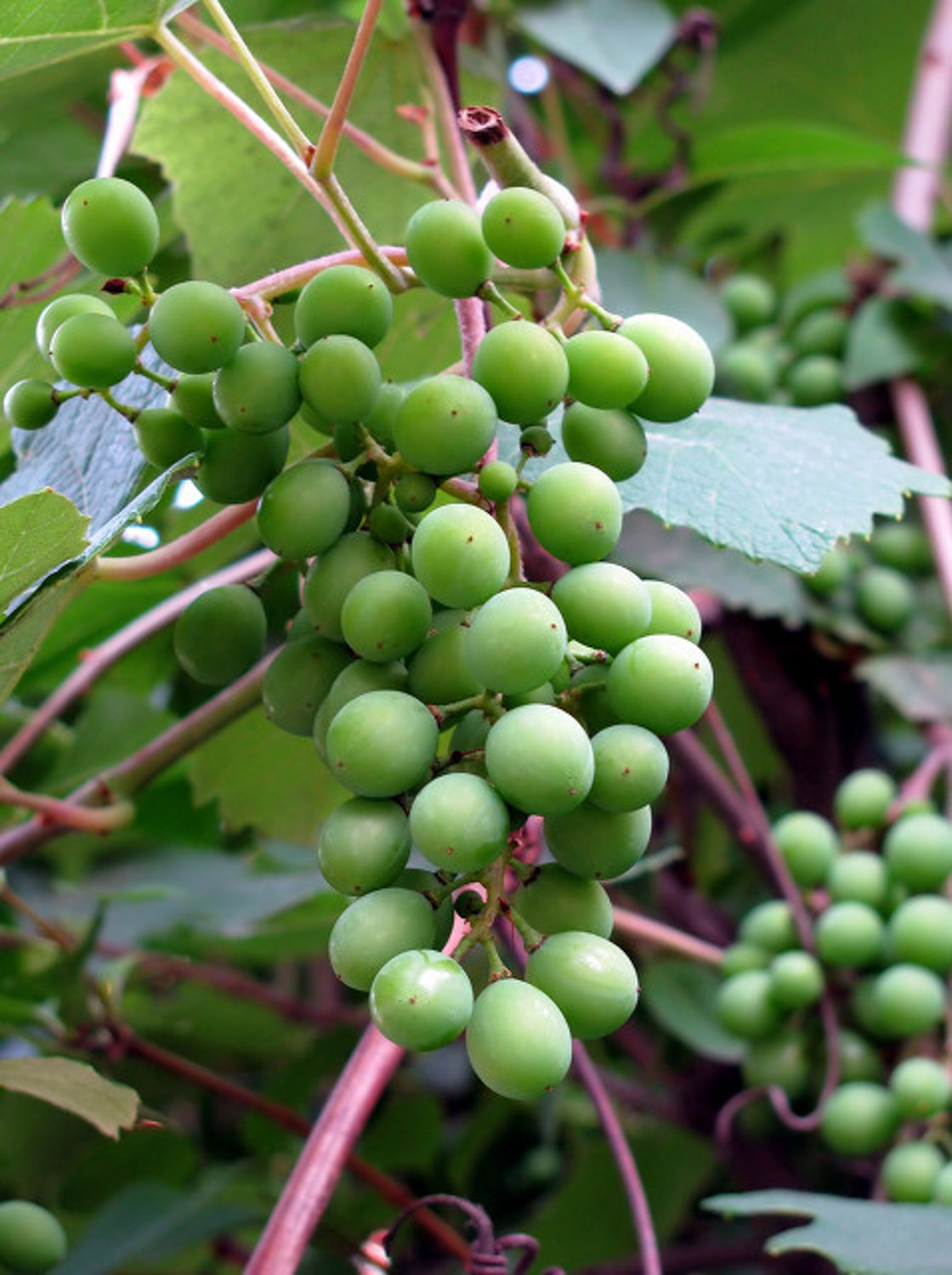
In the spring of the second year, when the soil temperature of the root distribution layer rises to 6-9 ℃, the root system begins to grow vigorously. At this time, pruning is prone to bleeding, which will not cause death, but there is more nutrition in the tree sap, so it has some adverse effects on the growth of grapes
Construction of grape trellis
Grapes are climbing plants, so we must have a shelf for them to climb. I believe the first kind of grape shelf is still fresh in your memory, but it is not easy for ordinary people like me to do. Therefore, Huahua found several simple methods to build grape shelves
Shawl shape
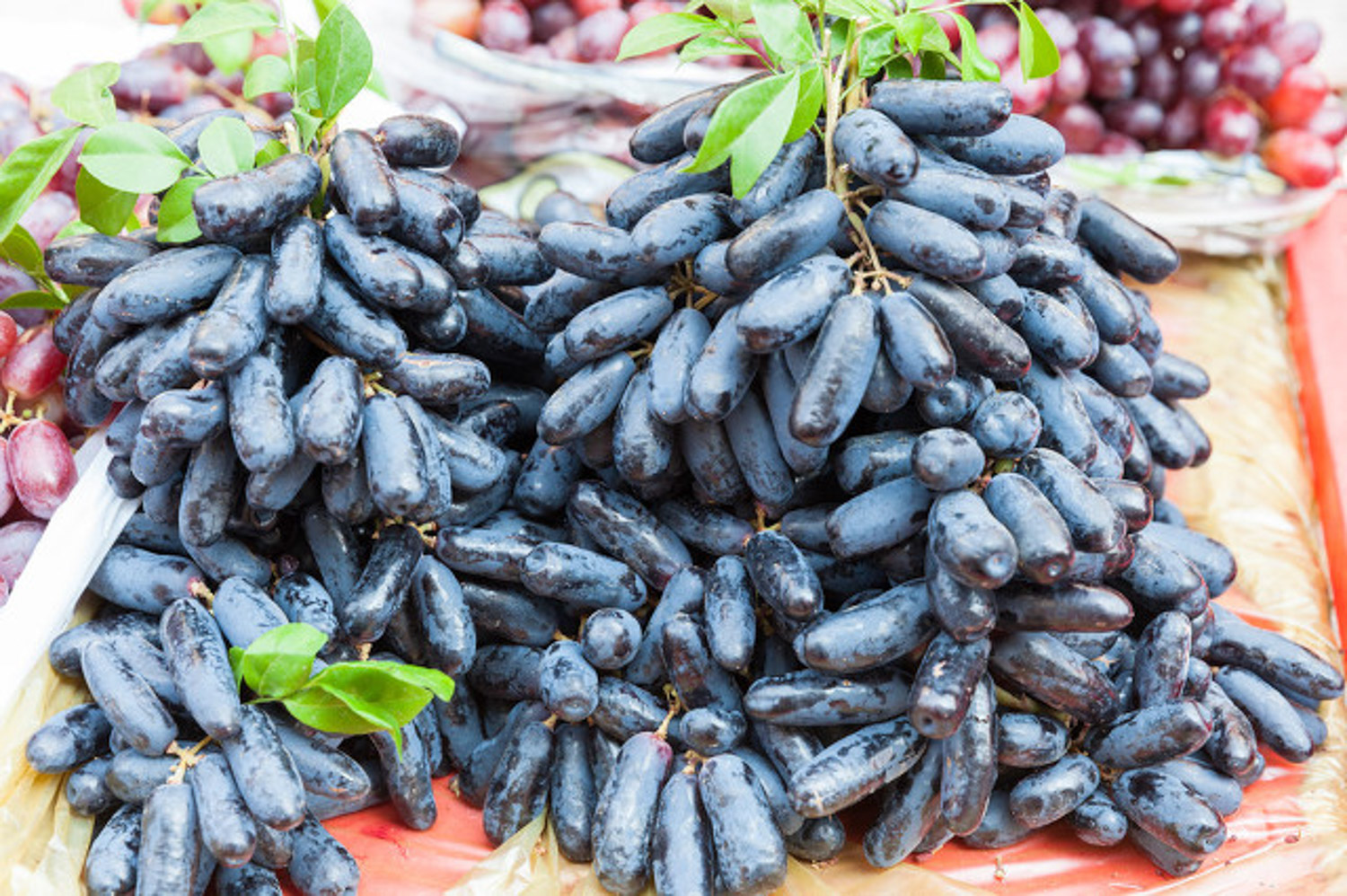
leave the trunk at 60-100 cm, leave 3-5 fruiting mother branches at the top, and generate 6-10 fruiting branches Fix a horizontal circle frame with a diameter of 30 cm at the height of the trunk, bind the new shoots and ears evenly, spread and droop
Funnel shape
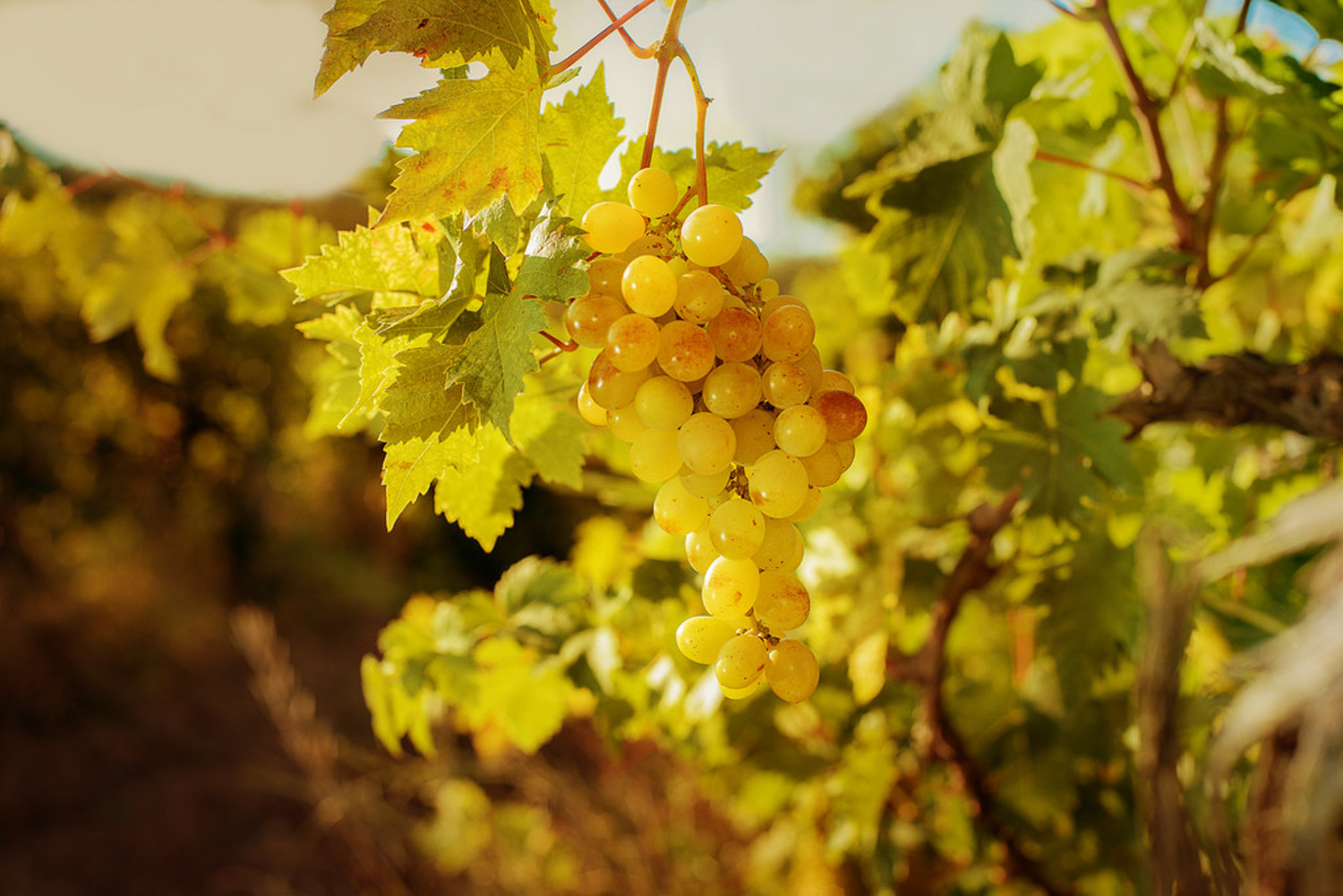
The trunk is kept 10 cm short, and the germinating 3-4 new shoots are evenly bound on the funnel-shaped support with a height of 100 cm. This new shoot is the main vine. When the new shoot grows to about 50 cm, it will be pinched. The auxiliary shoot at the top will be pinched with 5-6 leaves, and the rest will be pinched with 1-2 leaves. Leave 1-2 fruiting branches on each main vine and distribute them evenly on the funnel frame
It's not as spectacular as a large grape trellis, but it's better than nothing, isn't it< span>

 how many times do yo...
how many times do yo... how many planted tre...
how many planted tre... how many pine trees ...
how many pine trees ... how many pecan trees...
how many pecan trees... how many plants comp...
how many plants comp... how many plants can ...
how many plants can ... how many plants and ...
how many plants and ... how many pepper plan...
how many pepper plan...



